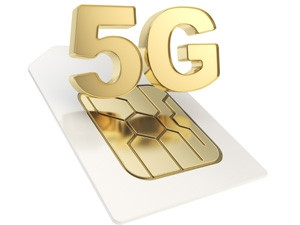
The GSM Association (GSMA) has released a new report, outlining its perspectives on the technical requirements, use cases and implications for the development of 5G networks in years to come.
Dubbed "Understanding 5G: Perspectives on Future Technological Advancements in Mobile", the report provides an overview of network technology innovation today and how this is setting the agenda in the shift towards 5G.
Anne Bouverot, director general of the GSMA, said although 5G has yet to be standardised by the industry, the association is already collaborating with operators, vendors, governments and other stakeholders to ensure it is both technically and economically viable.
"Our new report aims to reset the discussion on 5G, drawing the distinction between a true generational shift versus the on-going evolution of existing technologies that are already delivering a next-generation mobile experience," she added.
Understanding 5G
According to the GSMA, the new report aims to address many misconceptions around 5G, while it also examines the two main views on 5G that exist today.
The hyper-connected vision:
In the first view, 5G is seen as a blend of existing technologies (2G, 3G, 4G, WiFi and others) that can deliver greater coverage and availability, higher network density in terms of cells and devices, and the ability to provide the connectivity that enables machine-to-machine (M2M) services and the Internet of things.
Next-generation radio access technology
This perspective outlines 5G in 'generational' terms, setting specific targets that new radio interfaces must meet in terms of data rates (faster than 1Gbps downlink) and latency (less than 1-millisecond delay).
The two views identify eight core technical requirements for 5G that set targets for data rate, latency, network densification, coverage, availability, operational expenditure reduction and the field life of devices. However, only two of these - data rates and latency - relate to a true generational shift, with the remaining six being either economic objectives or aspirations applicable to all network technologies.
From 4G to 5G
Many of the 5G technical requirements already form part of the network innovations being undertaken by operators today, according to the GSMA. "Technologies such as network functions virtualisation, software-defined networks, heterogeneous networks and low power, low throughput networks are being bundled under the title of 5G despite the fact that they are already being brought to market by vendors and deployed by operators," the association said in a statement.
Meanwhile, 4G still has "considerable growth opportunity" and still only accounts for 5% of the world's mobile connections. Around 69% of connections in South Korea are running on 4G networks, while Japan has 46% and the US has 40%. Developing countries are lagging behind at just 2%, according to the report.
Mobile operators are set to invest $1.7 trillion (R19 trillion) globally in network infrastructure over the period 2014-2020, much of which will be spent on 4G networks.
Share